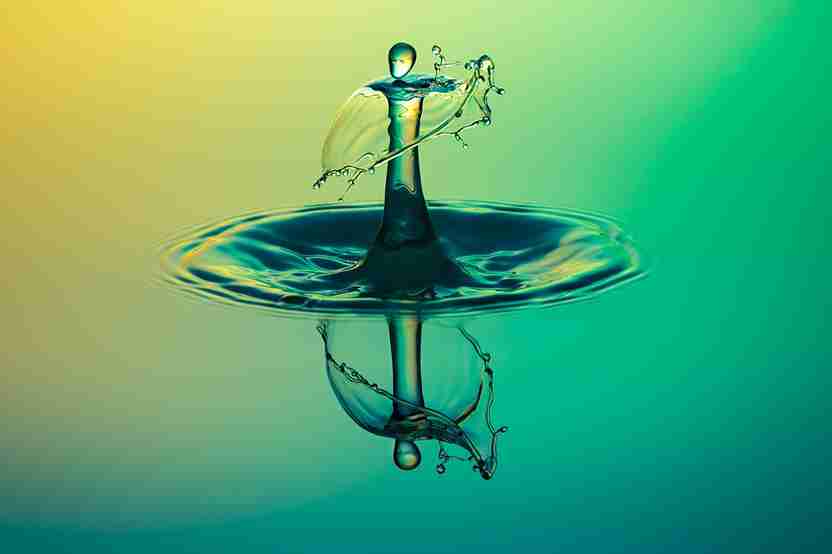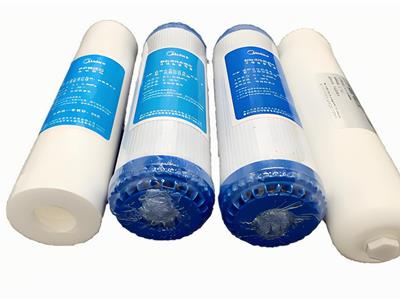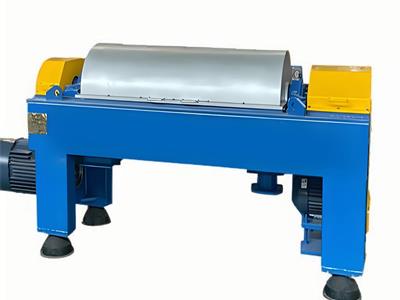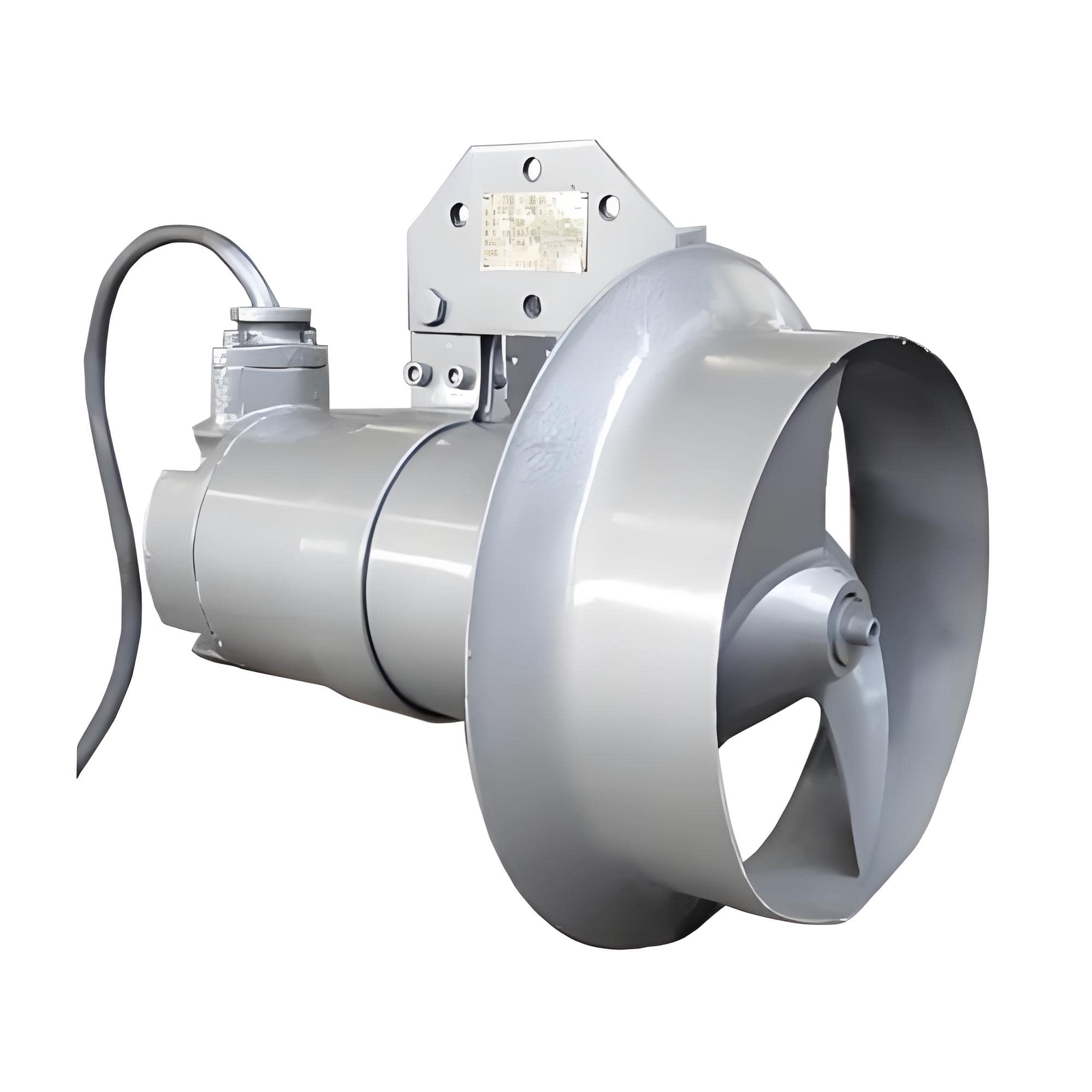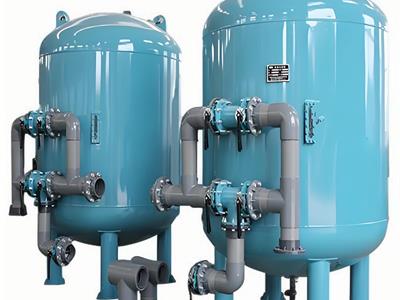- 2025-07-09
Inflatable lagoon
Inflatable Lagoons
Inflatable lagoons are wastewater treatment systems that use artificial aeration to enhance the degradation of organic pollutants through the following mechanisms:
Oxygen Maintenance: Mechanical aeration equipment ensures dissolved oxygen (DO) ≥2 mg/L, meeting the aerobic bacteria's metabolic needs.
Algae-Bacteria Coexistence: Surface algae perform photosynthesis to supplement oxygen (oxygen production: 2.5 kgO₂/㎡·d), while deeper areas rely on diffused aeration.
Environmental Control: Designed with water depths of 1.5-3m to ensure sunlight penetration and promote algal growth
Process Advantages
Odor Control: Sufficient dissolved oxygen (DO) inhibits the production of malodorous gases such as hydrogen sulfide by anaerobic bacteria
Modular Structure:
Fittings between units use quick-connect flanges (standard DN200), completed within 72 hours for relocation and reconfiguration.
Aeration support frames are pre-welded, with on-site installation requiring ≤4 working hours.
Weather Resistance:
Aeration impellers are made of 316L stainless steel (ASTM A240 standard), capable of withstanding pH 3-11 and salt concentrations ≤8%
Shallow Water Adaptability:
Surface aeration mode achieves oxygen transfer efficiency of 25% in areas with water depths ≤2m (40% improvement compared to deeper waters)
Aeration Lagoon Application Features
Core Functions
Handling Load: COD Removal Rate 75-90% (Hydraulic Retention Time 5-20 Days)
Applicable Fields:
Municipal Wastewater/Food Processing Effluent/Agricultural Livestock Manure (BOD₅ ≤ 500 mg/L)
Operational Advantages
■ Installation Efficiency
Standardized components enable rapid deployment (Basic preparation → Water flow debugging ≤ 7 days)
■ Environmental Adaptability
Bulb aeration 器 torque fluctuation is less than 5% under operating conditions of -40℃ to 50℃ (IP68 protection rating)
■ Maintaining Convenience
The floating aeration machine can be inspected and have seals replaced without draining the pool, taking ≤2 hours

